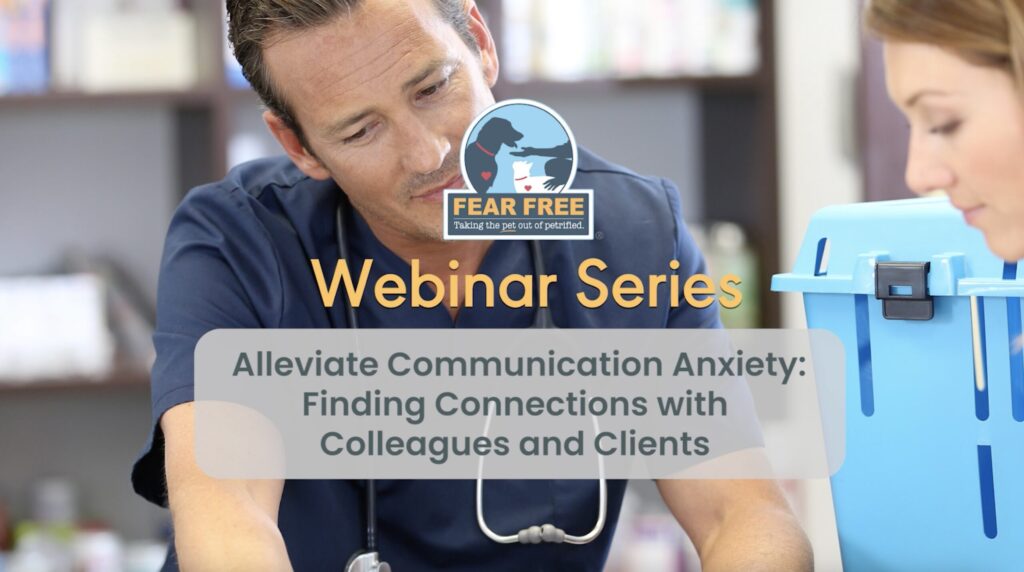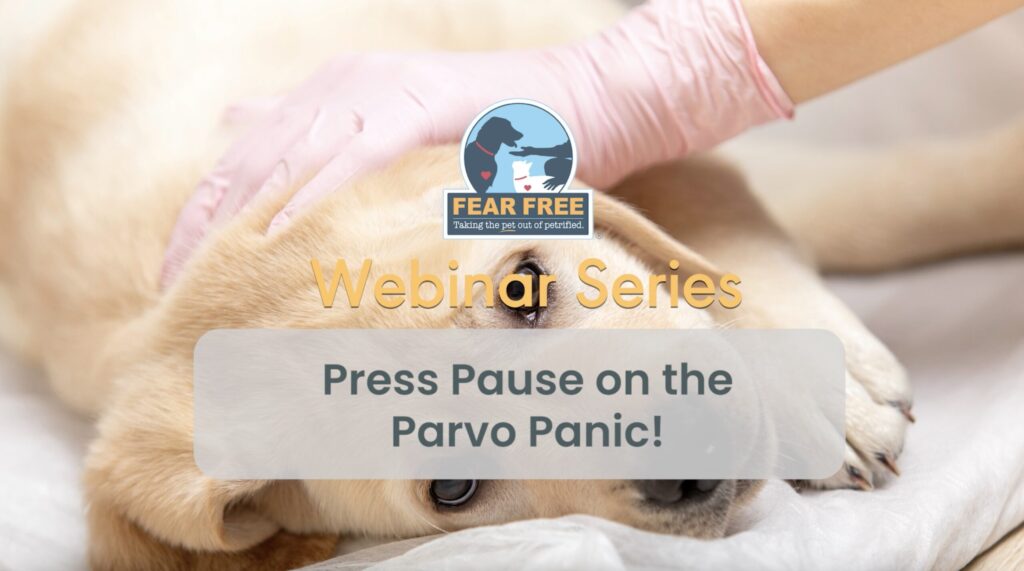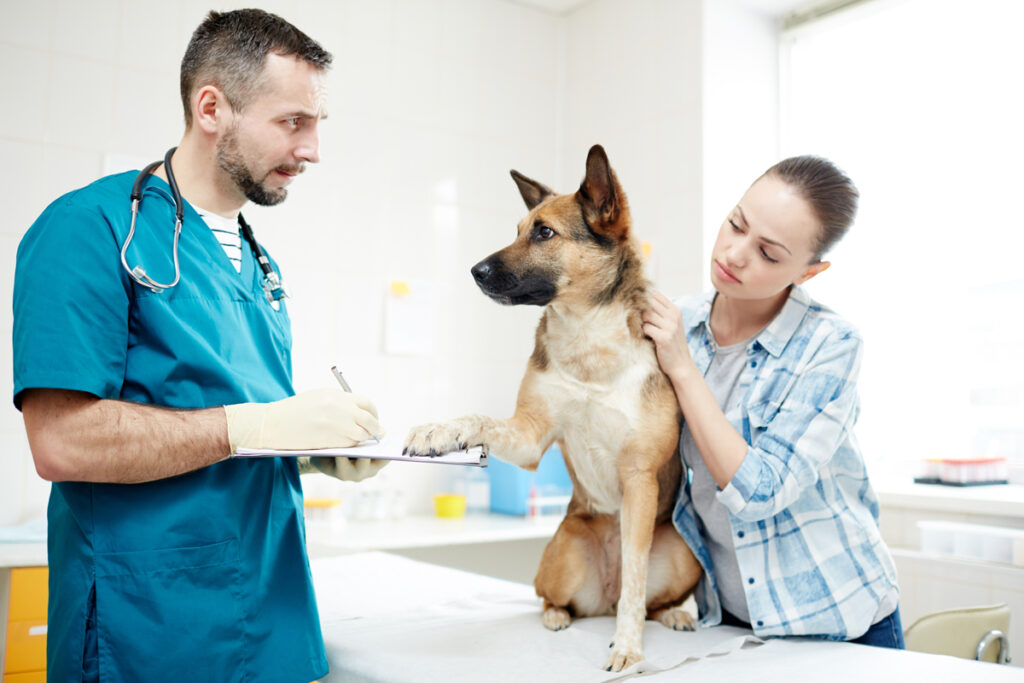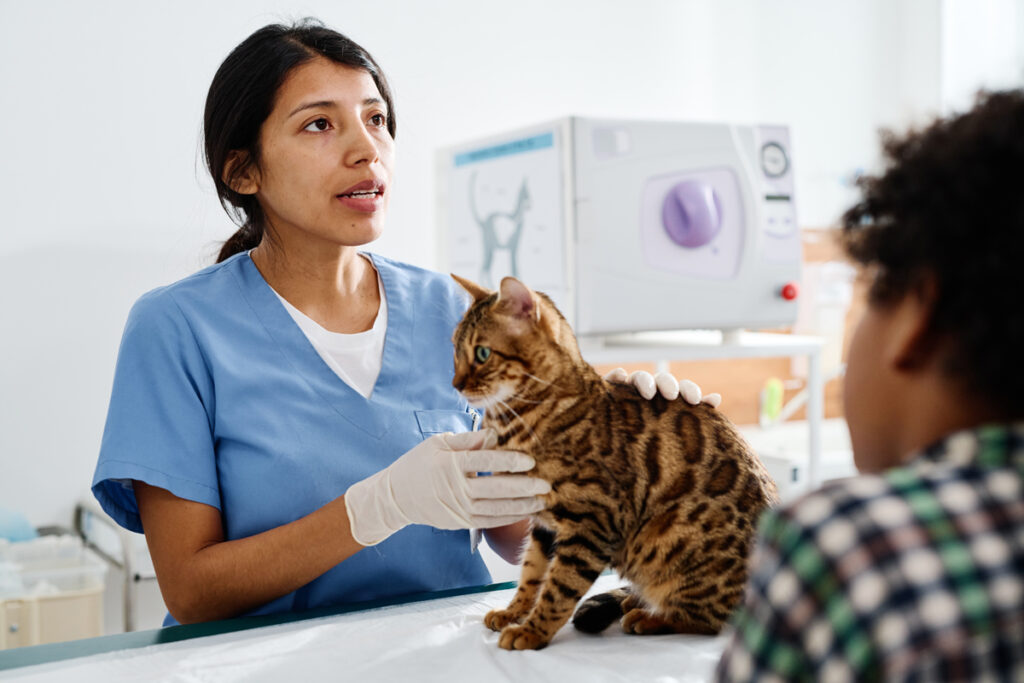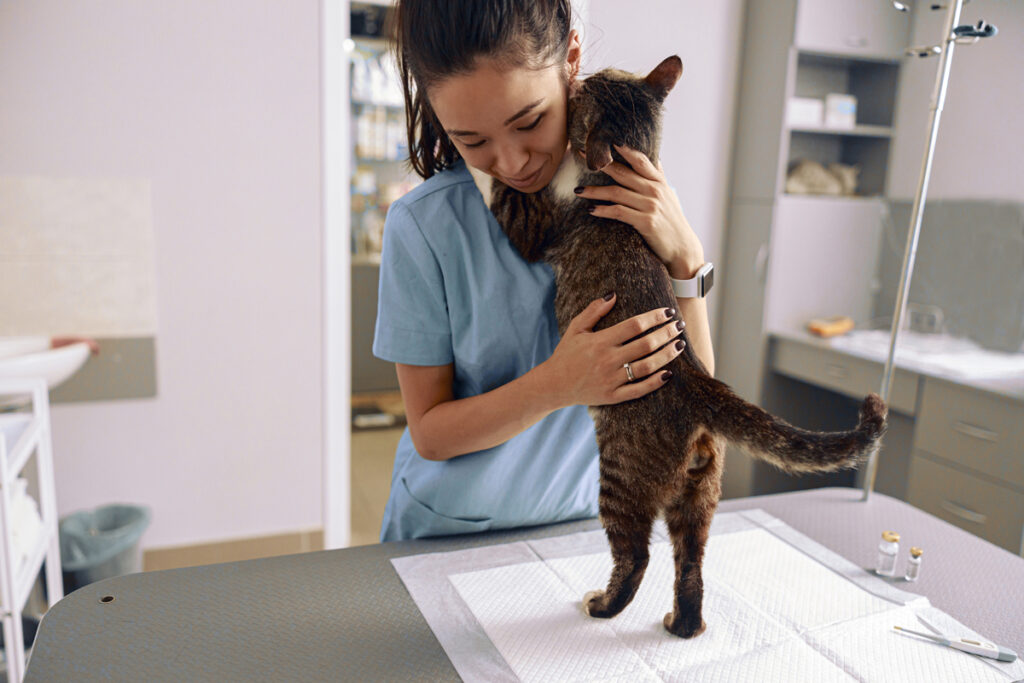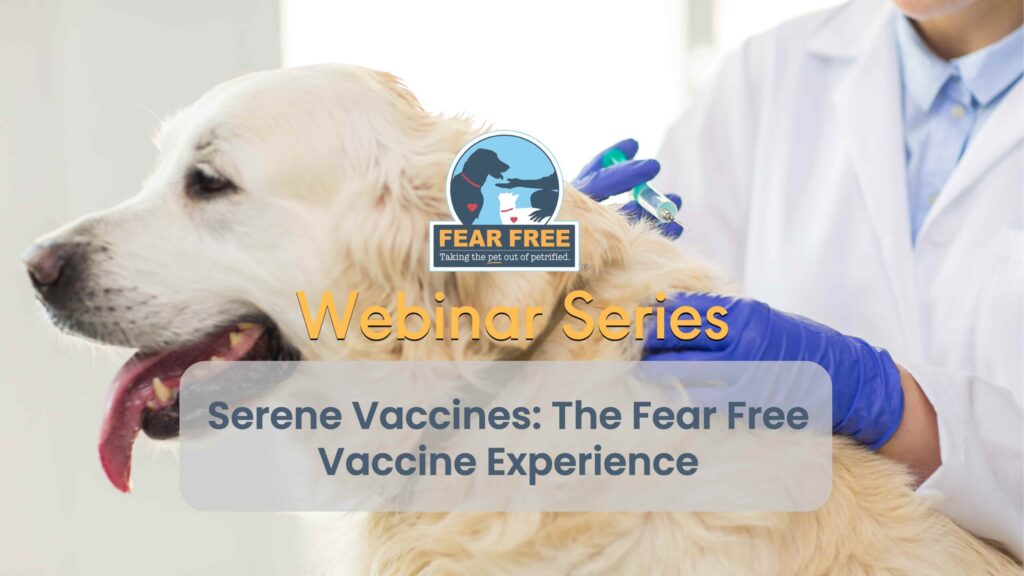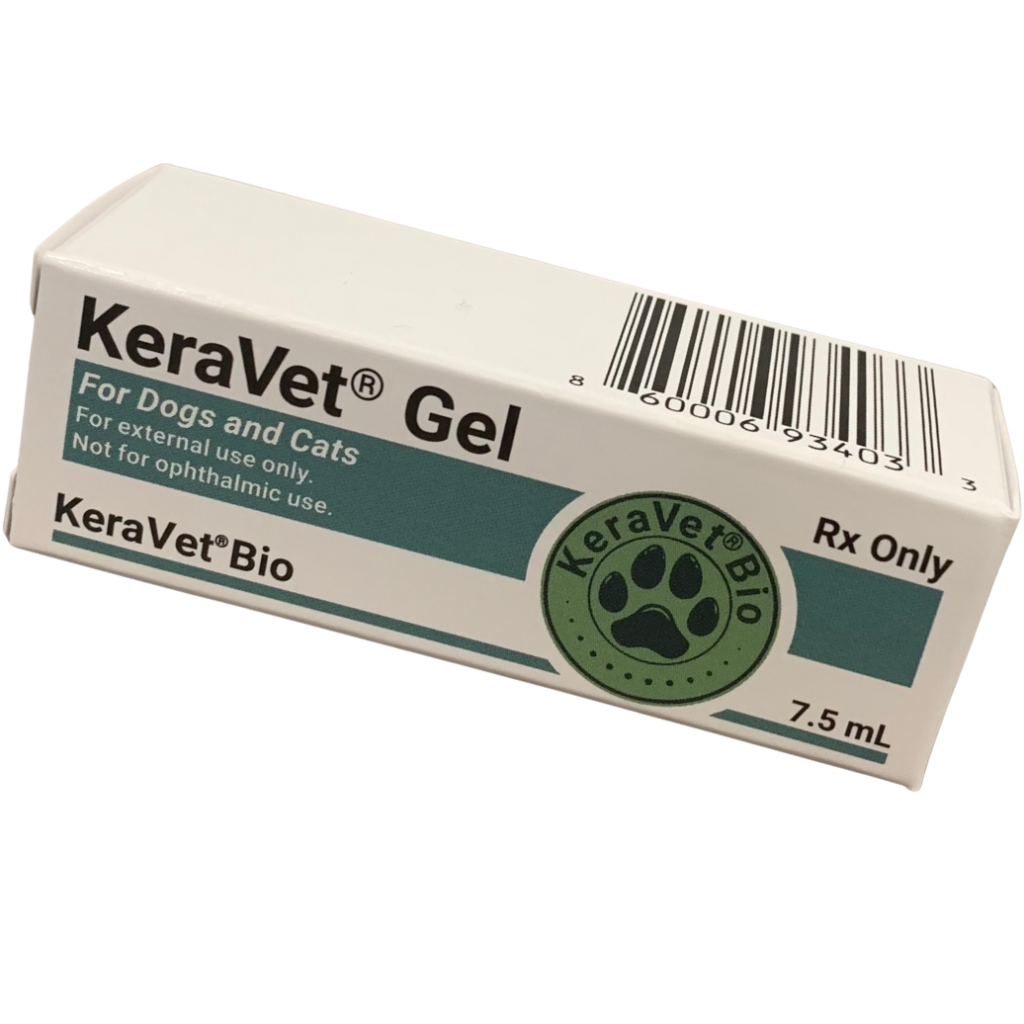By Dr. Natalie Marks, DVM, CVJ, Elite FFCPAs a practicing veterinarian and previous practice owner for more than two decades, I’ve witnessed quite a bit of evolution within our industry. There continue to be advances in diagnostic technologies, telemedicine, novel therapeutics for dermatology and osteoarthritis, and a dramatic shift from independent practice ownership to corporatization. However, one of the most important discoveries and initiatives has been the concept of Fear Free, the initiative dedicated to the physical and emotional health of our patients and clients through the reduction of fear, anxiety, and stress.
However, Fear Free is, and can be, more. It is a lifestyle and guide on how to practice and manage and educate. Client trust and compliance is key to a successful veterinary-client-patient relationship, and that’s difficult to achieve when fear, anxiety, and stress surround exam room interactions and associated communications. This is never more evident than when trying to manage wound care. The aftercare associated with an incision, a laceration repair, a skin lesion, or a superficial burn can be extensive and complicated, often with multiple medications, bandage care, an Elizabethan collar, and an incredibly stressed patient and pet parent. This negatively affects patient care and the veterinary team as frustrated pet parents call and email frequently, taking veterinary professionals away from patient care in hospital.
There’s now a single solution for improved wound healing for patients, reduction of the home care burden for pet parents, and preservation of emotional health for patient, pet parent, and the veterinary health care team. KeraVet® Gel is a first-of-its-kind wound care product. As a scientist, safety and efficacy of any new product is top of mind. I’ve been impressed with the initial studies with this product, which has a keratin-based patent-protected technology to promote a moist wound environment and barrier to the environment as well as a bitterant to deter licking behavior, enabling us to send a patient home without that collar that so often leads to increased stress for both the patient and our client. That said, it is important to note that there can be a risk to the human-animal bond when we frequently apply something to our pets that tastes unpleasant, and for some pets that can be more stressful than protective clothing, bandages, or an Elizabethan collar. Each animal is an individual and their needs should be taken into account when deciding on the best solution for wound healing.
In the right circumstances, though, this product can be a game changer. One of the tenets I lived by as a practice owner was “best medicine leads to best business.” Our clients want to see the value in the care they are investing in, that it’s convenient and safe, and that it addresses their family member’s physical and emotional health. When we choose to use KeraVet® gel, we give our clients a single effective solution addressing both of their needs, thus building trust and compliance, and strengthening the human-animal bond. These are the clients who return and refer and stay lifelong members of our hospitals.
This article was reviewed/edited by board-certified veterinary behaviorist Dr. Kenneth Martin and/or veterinary technician specialist in behavior Debbie Martin, LVT.
Natalie Marks is a veterinarian, consultant, educator, media expert, an advisor for KeraVet Bio, on the Executive Committee of VANE (Veterinary Angel Network), and an Elite Fear Free Certified Professional. She is passionate about working with colleagues and mentees and moving the needle forward with innovation with companies like KeraVet Bio. Learn more about Dr. Marks at marksdvmconsulting.com and KeraVet Bio at https://keravetbio.com/
Want to learn more about Fear Free? Sign up for our newsletter to stay in the loop on upcoming events, specials, courses, and more by clicking here.
